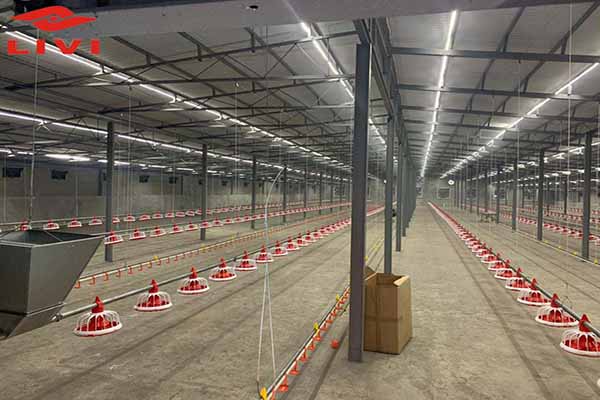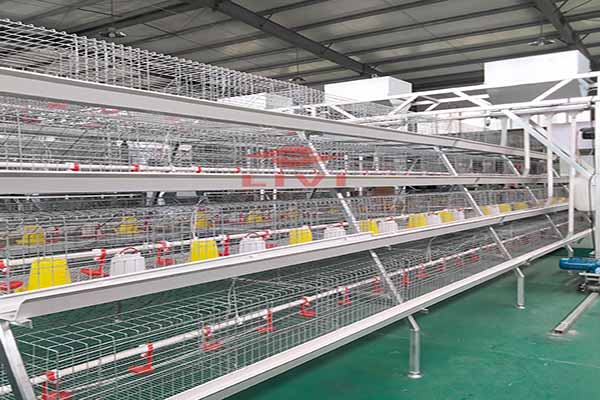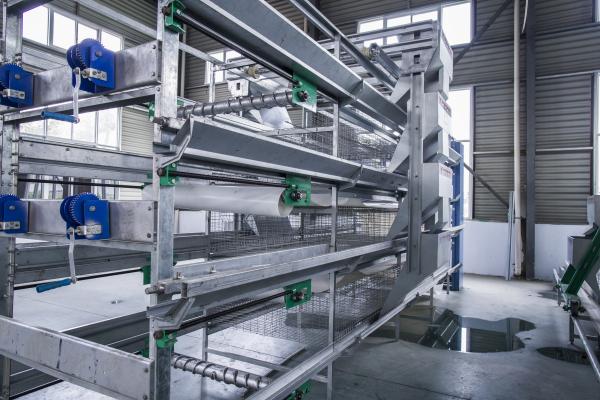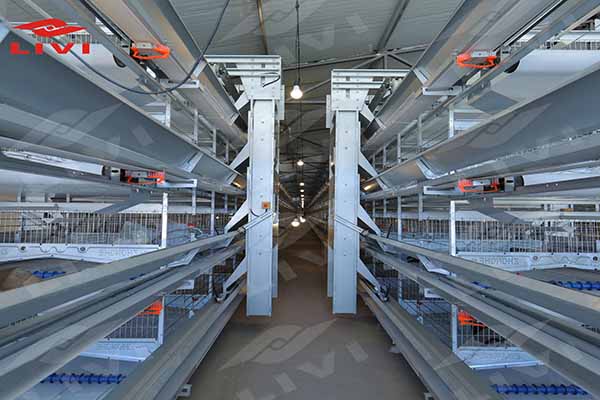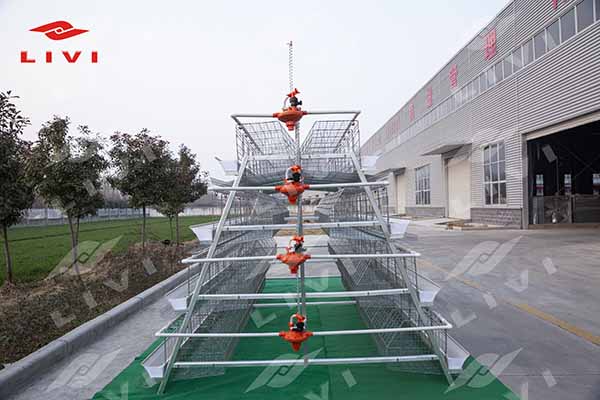Building a chicken layer house requires careful planning and consideration of various factors to ensure the comfort and productivity of the birds. Here’s a comprehensive guide outlining key decisions in the construction process:
1. Choice of Chicken Layer House Type
Closed-Type Chicken House: This type of house is fully enclosed, providing maximum protection from external elements such as weather conditions and predators. It offers better control over environmental factors like temperature and humidity, contributing to the health and well-being of the chickens.
Semi-Closed-Type Chicken House: Semi-closed houses have some openings for ventilation but are partially enclosed. They strike a balance between protection and ventilation, suitable for areas with moderate climates where temperature fluctuations are not extreme.
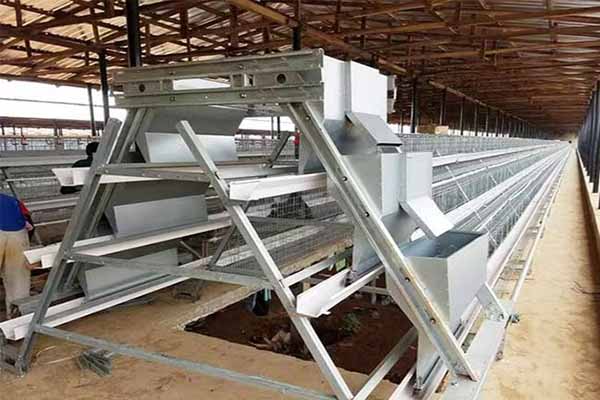
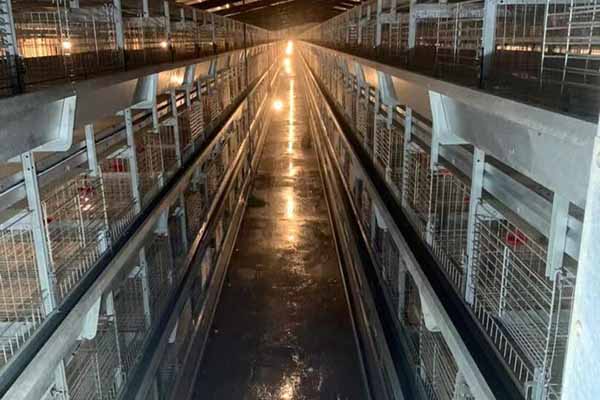
2. Selection of Layer Chicken Cage Type
A-Type layer chicken Cages: A-type chicken cages are commonly used for layer chickens, featuring a single row of cages with a sloped floor to allow eggs to roll out for easy collection. They are suitable for smaller-scale operations and provide good visibility and access to the birds.
H-Type Layer Chicken Cages: H-type chicken cages are multi-tiered and multi-doored, offering increased capacity and space utilization compared to A-type cages. They are ideal for larger-scale commercial operations, providing efficient use of floor space and facilitating easier management of a larger flock.
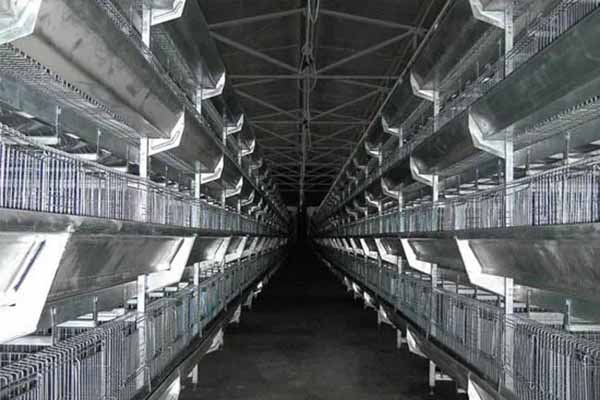
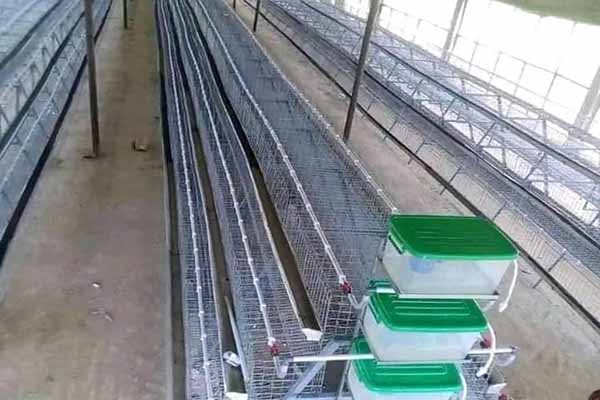
3. Level of Automation
No Automation: In this setup, all tasks, including feeding, watering, and waste removal, are performed manually by farm workers. While requiring more labor, this option may be suitable for smaller operations with limited budget constraints.
Semi-Automation: Semi-automated systems incorporate some level of mechanization, such as automated feeding or watering systems. This reduces labor requirements while still allowing for some manual intervention as needed.
Full Automation: Fully automated chicken raising equipment utilize technology to handle tasks such as feeding, watering, egg collection, and waste removal. This option offers maximum efficiency and labor savings, particularly in large-scale commercial operations, but requires a higher initial investment.
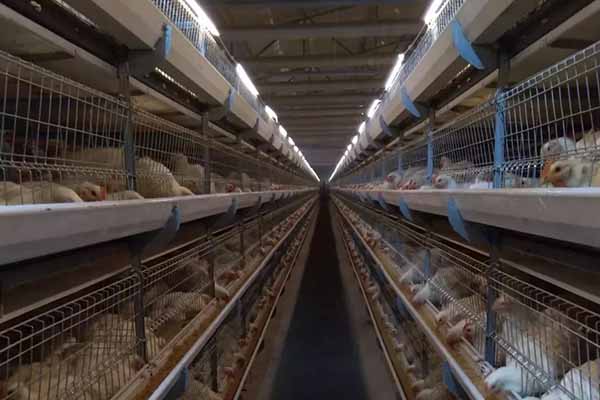
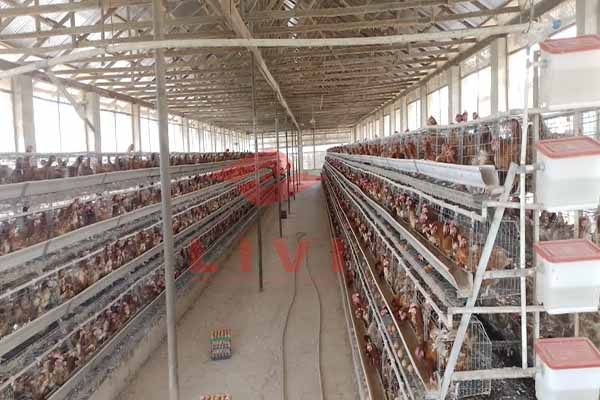
Conclusion
When building a chicken layer house, careful consideration of the type of house, chicken layer cage, and level of automation is crucial to meet the specific needs of the operation. By selecting the most suitable options based on factors such as scale, budget, and environmental conditions, poultry farmers can create a conducive environment for their birds, ultimately leading to improved productivity and profitability.
Livi Machinery is a professional supplier of chicken raising equipment. We provide all the breeding services for chicken farmers. From the construction of the chicken house to the end of the installation of chicken equipment.
We mainly provide chicken farmers with chicken cages and a range of automated chicken raising equipment. In addition, we also provide customers with other chicken equipment, such as chicken house steel structure; Incubators; Hair remover, etc.
If you would like to start your chicken business, please drop us a message.






